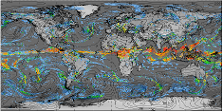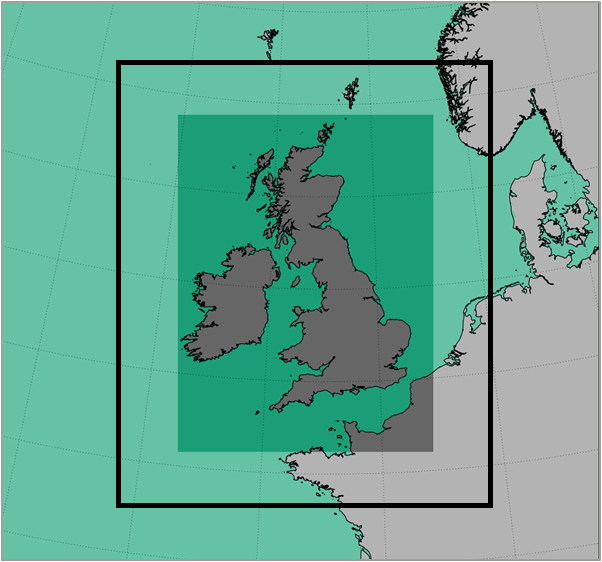The configurations listed here are those that are currently considered 'core' by the JULES management and science committees (managed by LMED).
Note that the JULES core configurations are currently being revised and updated through the Joint Land Modelling Programme (JLMP) (see this ppt and also this TRAC page).



